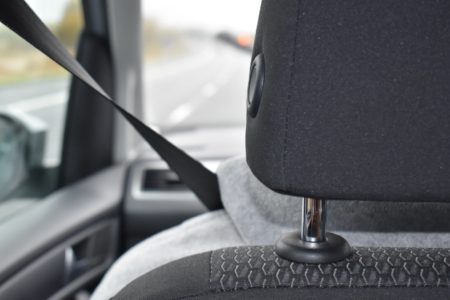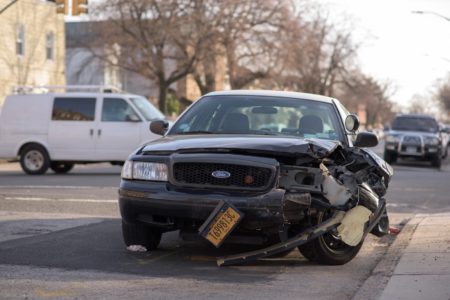Common Causes of Collisions involving Teen Drivers
By Guest Blogger, Helen Rymore
The statistics from the Insurance Institute for Highway Safety (IIHS) are alarming. Teens aged 16 to 19 are involved in fatal car crashes at three times the rate of those over the age of 20. Teens aged 16 to 17 are most at risk for being involved in a car crash. More teen males are killed in car accidents than females.
Immaturity and inexperience are the prime reasons cited for the increased crash rate for teens. To overcome these, teens need experience driving and to face the challenges of the road, but with the involvement and supervision of parents. Understanding the causes of collisions involving teenagers can help parents teach their kids good driving habits and skills.
Distracted Driving
It’s not just the cell phone and texting that can cause a driver to be distracted. Driving with friends in the car has shown to put teens at greater risk for having a car crash. In fact, for every additional passenger in the car, the risk increases. This is one reason behind many that graduated driver licensing laws have been implemented in most states.
Alcohol Use
No state allows teens to drink. Yet in 2009, 33 percent of 15- to 20-year-olds involved in fatal collisions were drinking alcohol, reports the National Highway Traffic Safety Administration (NHTSA). Start talking with your kids today about underage drinking and never drinking while driving and you’ll help reduce this risk.
Inexperience and Immaturity
Young drivers just don’t have the experience yet to be safe drivers, and this, combined with their inclination to take risks, are the leading causes of teen car crashes. Teen drivers are more likely to be involved in a collision due to driver error, speeding, going too fast for the road conditions, overcorrecting around curves, and other mistakes. They don’t have the skills to see and respond to road hazards appropriately. Even teens that have taken driver’s education courses and training make poor decisions on the road. It’s the nature of a teenager to believe they can take risks and not be harmed.
Banning driving altogether may keep your child safe from driving for a short time, but eventually they need to learn to drive and gain experience in order to be a safe driver. To help keep your teen safe on the road, follow the driving laws in your state and provide your teen with as much experience as possible before letting him drive by himself. The NHTSA and IIHS also recommend implementing your own step-by-step graduated driving plan that gradually gives your teen more freedom with the car, rather than just handing over the keys the day they get their license. Also set strong rules for your teen when driving, such as zero tolerance for drinking alcohol or speeding.
Keep in mind that teenage driving crashes are not limited to risk-taking males. Good kids with high grades and teens that don’t tend to take risks can still make serious mistakes on the road simply because they don’t have experience driving. This makes it important for all teens to have restrictions placed on their driving until they gain more experience.





One thought on “Common Causes of Teen Driver Crashes”
Cheers, i really think i will be back to your website